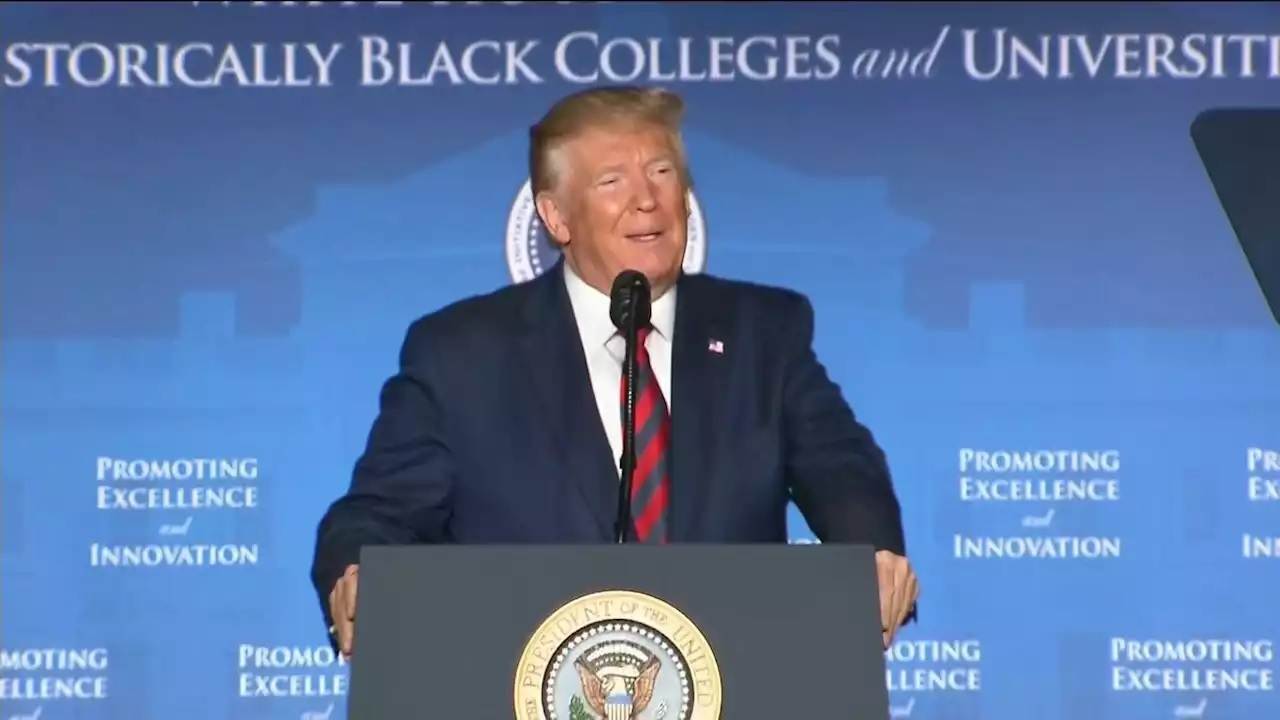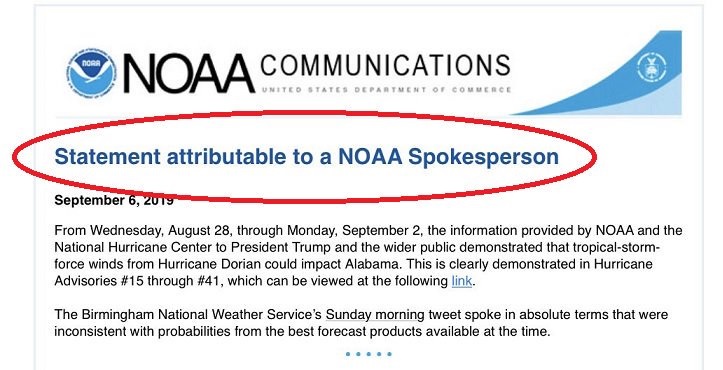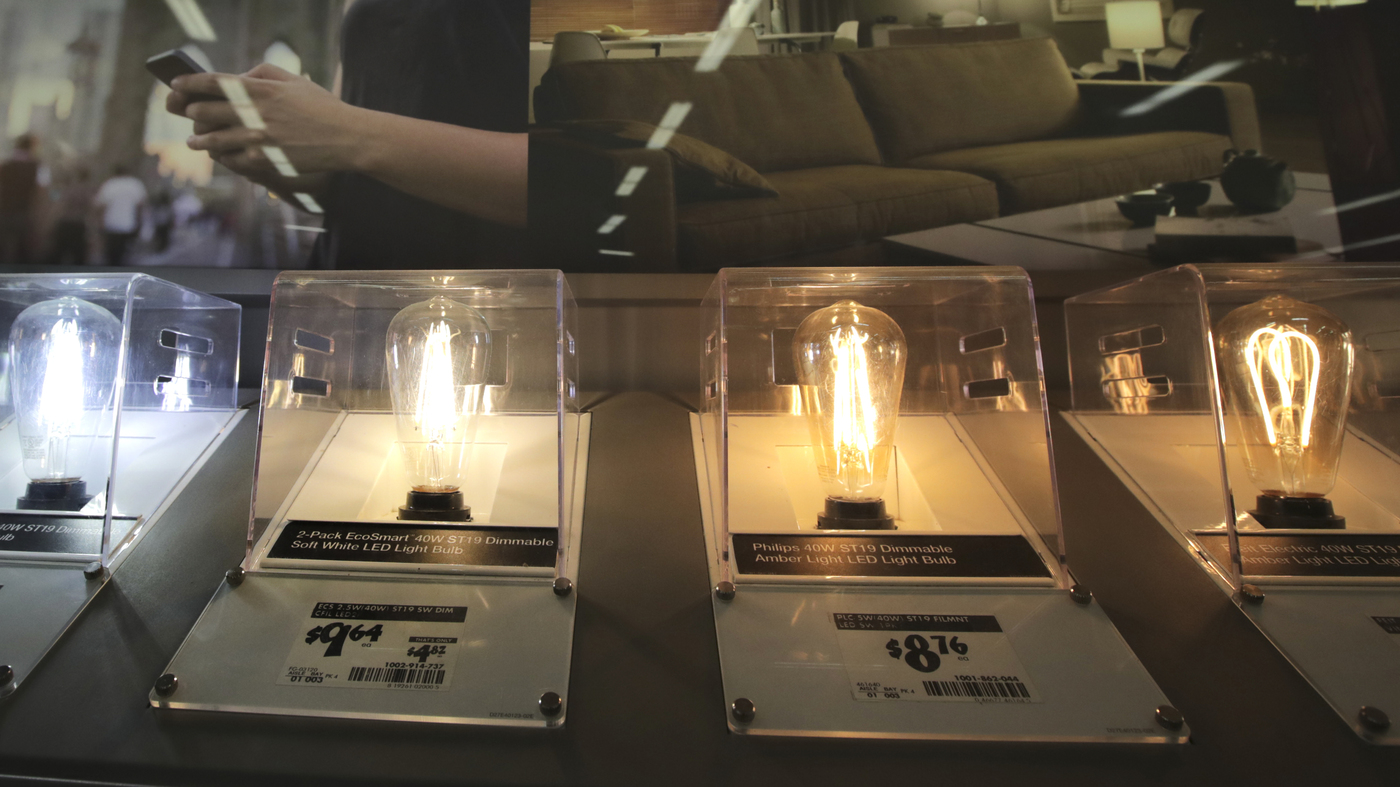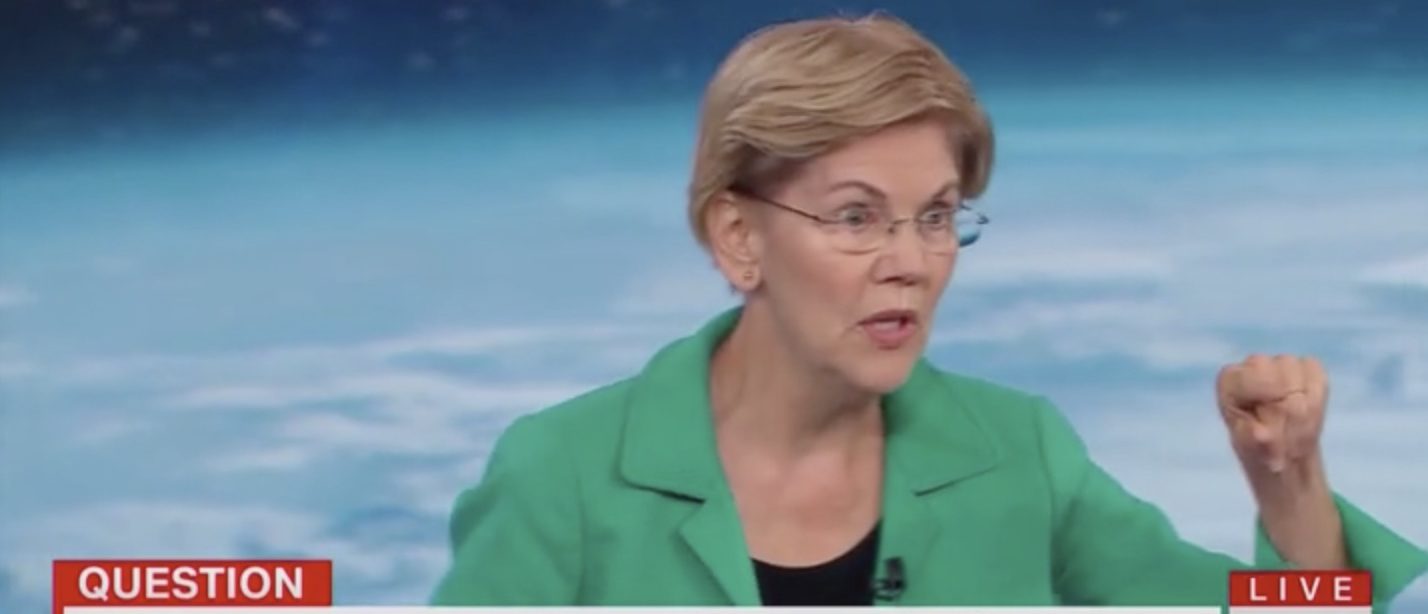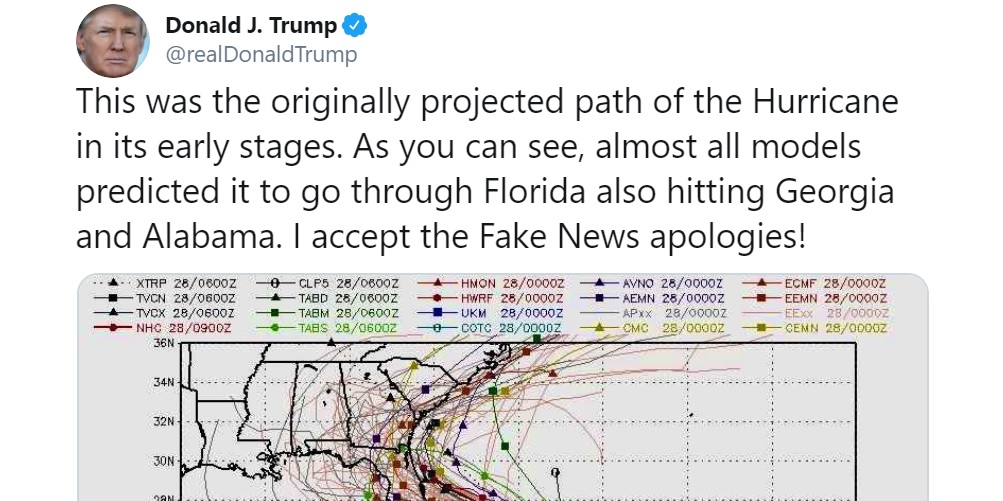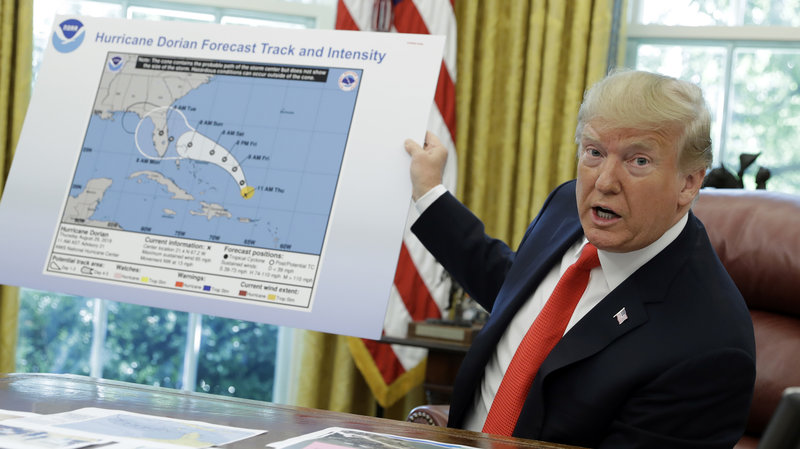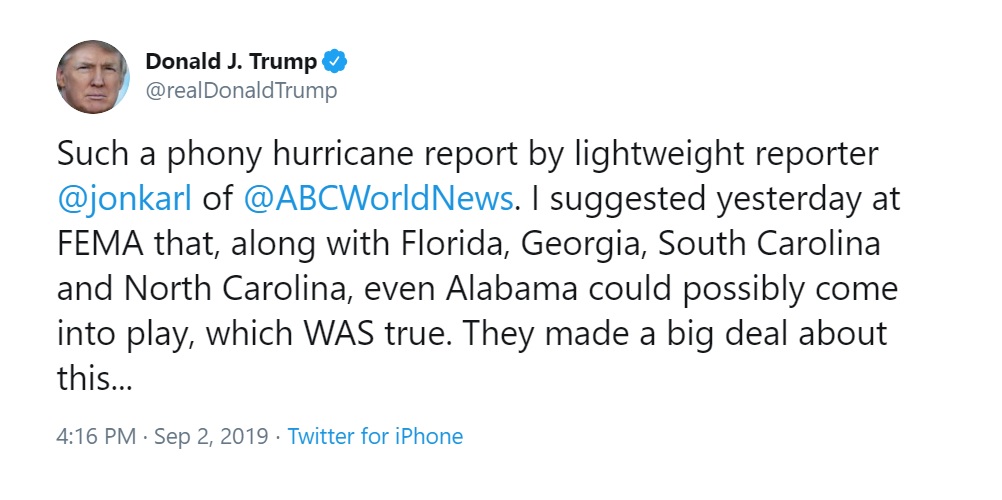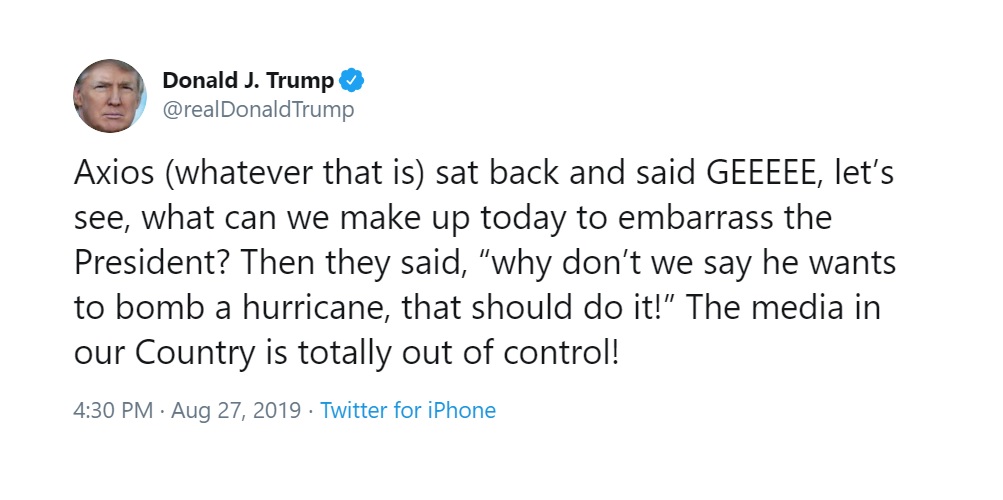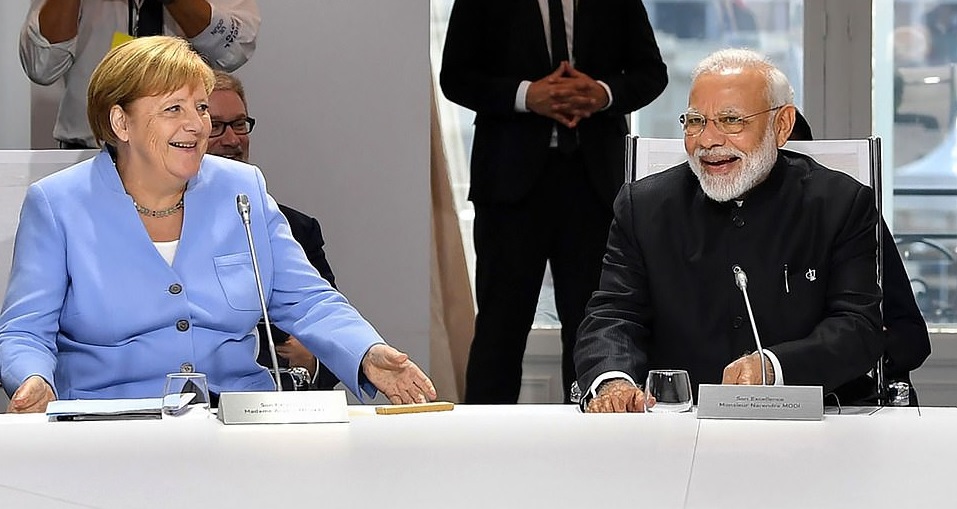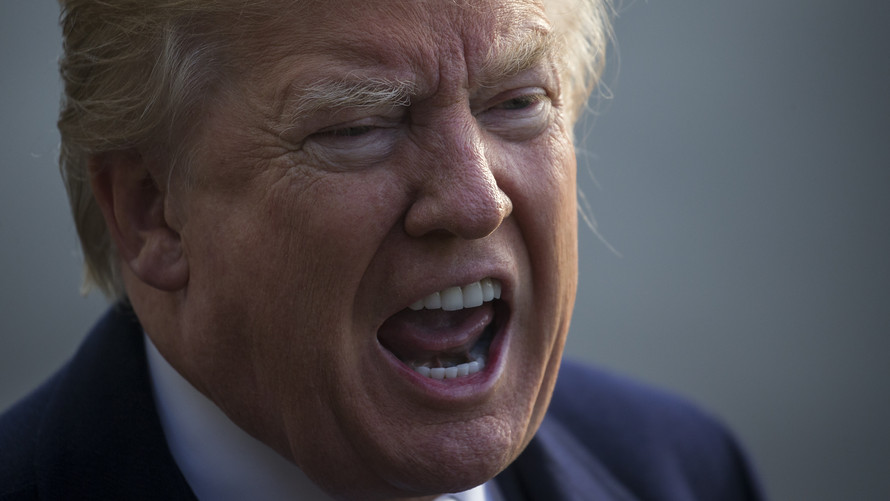On Wednesday, during an Oval Office briefing on Hurricane Dorian,
President Trump displayed what appeared to be an official National
Weather Service map from last Thursday, in which the storm’s projected
path was extended to Alabama by someone using a black marker.
“We
got lucky in Florida — very, very lucky indeed. We had actually, our
original chart was that it was going to be hitting Florida directly,”
Trump said.
Trump then asked for, and was handed, a large forecast map.
“That
was the original chart, you see it was going to hit not only Florida
but Georgia … and was going toward the Gulf, that’s what was
originally projected. And it took a right turn. And ultimately,
hopefully, we’re going to be lucky.”
“It’s heading up the coast, and Florida was grazed,” he said.
Meterologists
and others zoomed in on the apparent Sharpie mark, and reaction to the
alteration, as well as Trump’s use of an old map, was swift:
At a subsequent event, Trump was asked about the apparent addition to the map. “I don’t know,” he answered.
“I know that Alabama was in the original forecast they thought it
would get it as a piece of it,” he said. He again insisted there were
forecasts in which Alabama was considered in the storm’s path.
Some on Twitter also noted that, under law, knowingly issuing a false weather report is a violation of the law subject to imprisonment and or fine.
While
Alabama remains out of Dorian’s path, coastal areas of Georgia, South
Carolina and North Carolina are under hurricane warnings as the storm is
now projected to move up the Southeastern coast.
Over the weekend, President Trump also insisted that Dorian’s projected path included Alabama.
“Alabama
could even be in for at least some very strong winds and something more
than that, it could be,” he said Sunday. “This just came up,
unfortunately. It’s the size of — the storm that we’re talking about.
So, for Alabama, just please be careful also.”
At the end of last week, the National Hurricane Center did include Alabama in its prediction for tropical-force winds:
But by Sunday, the National Weather Service in Birmingham, Ala., clarified that the state would not feel any affects of Dorian:
Trump is known to use Sharpies to sign bills and to mark up newspaper
and magazine articles. But the White House has so far not commented on
who altered the weather map, or if indeed a Sharpie was used.
[NPR]
